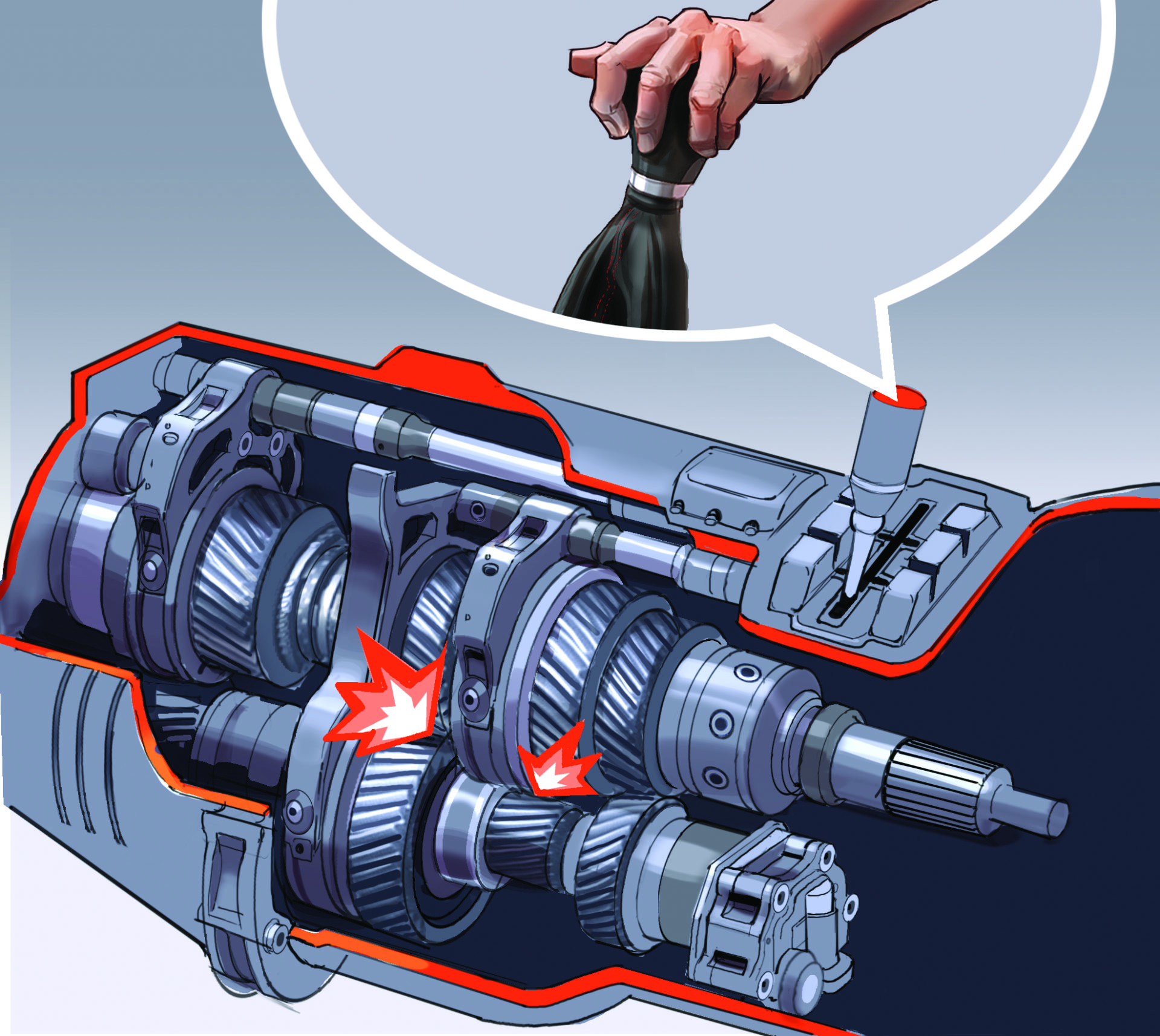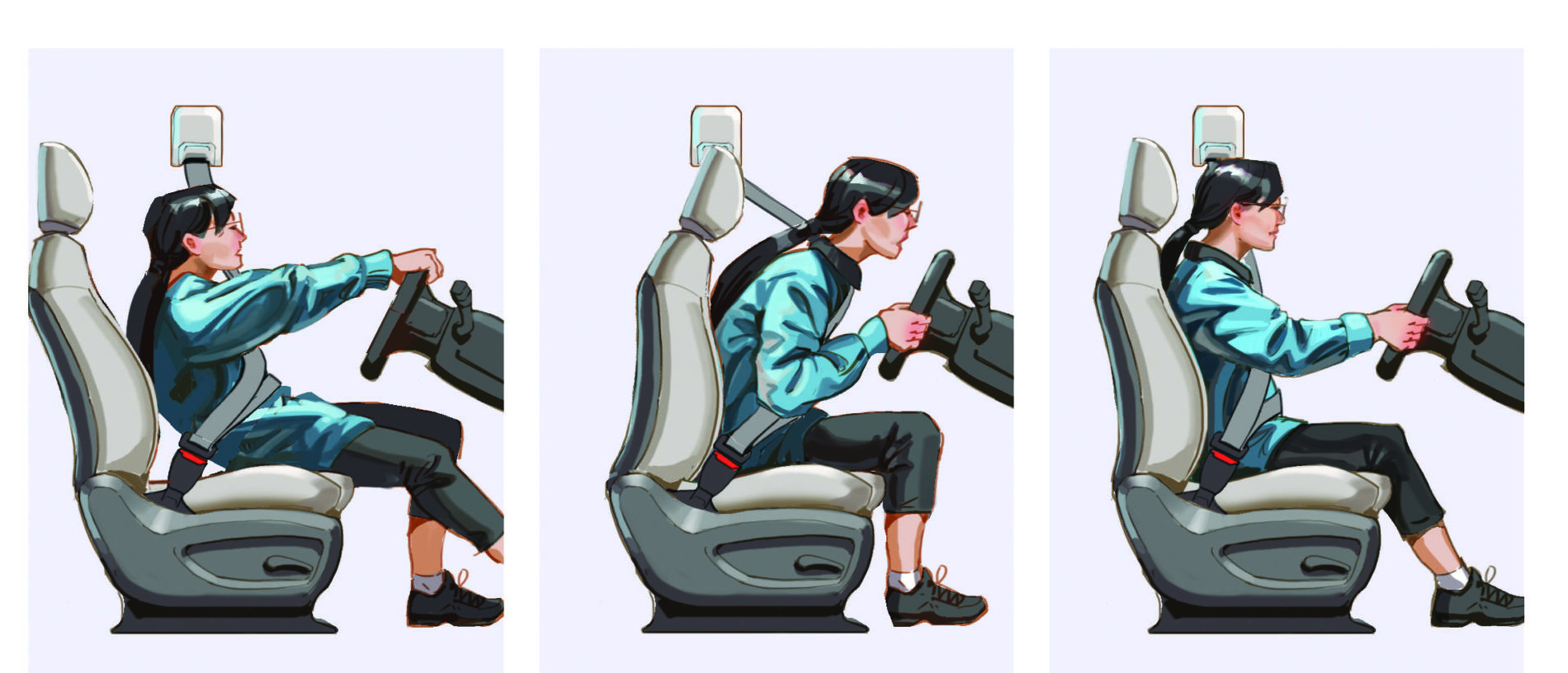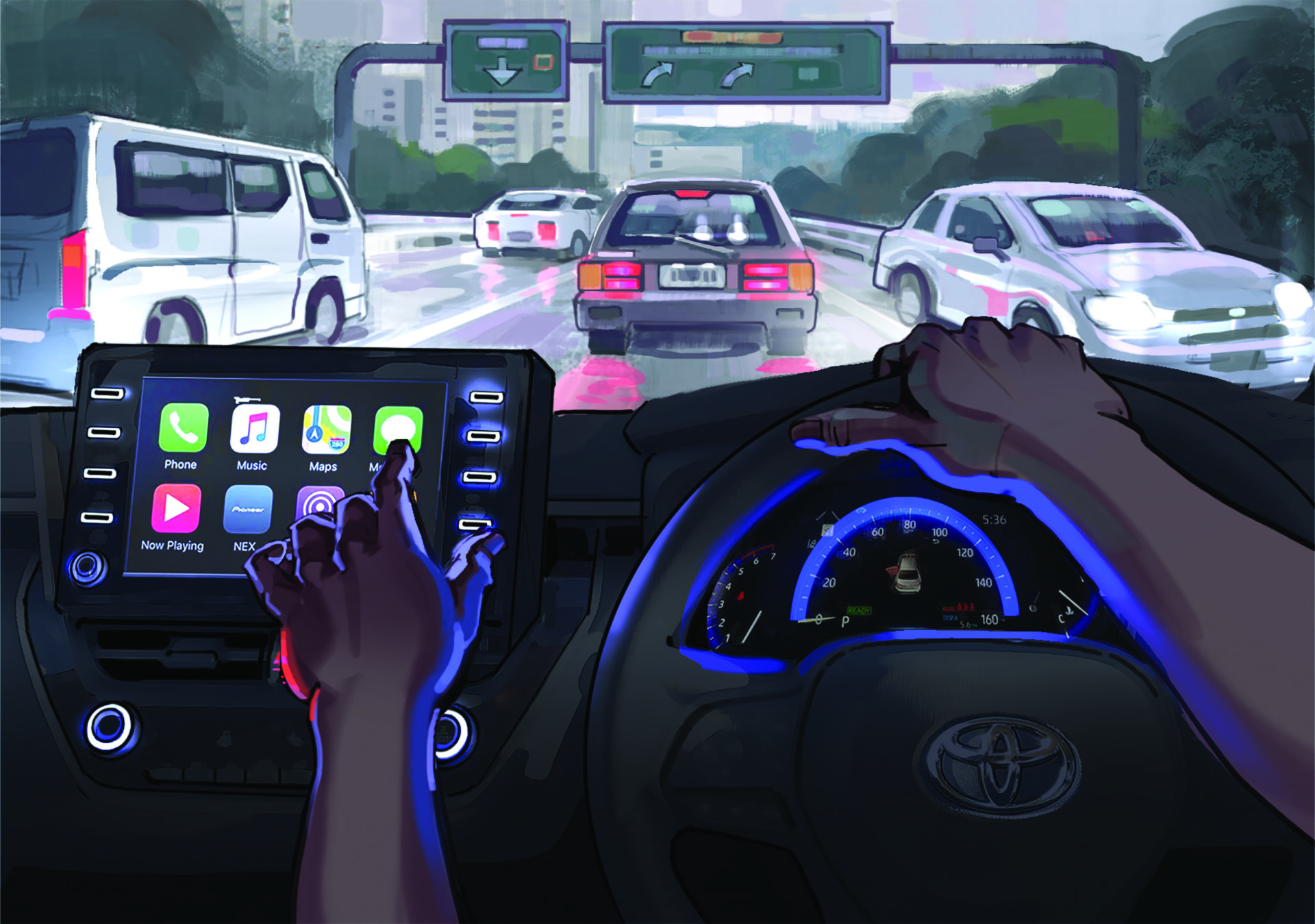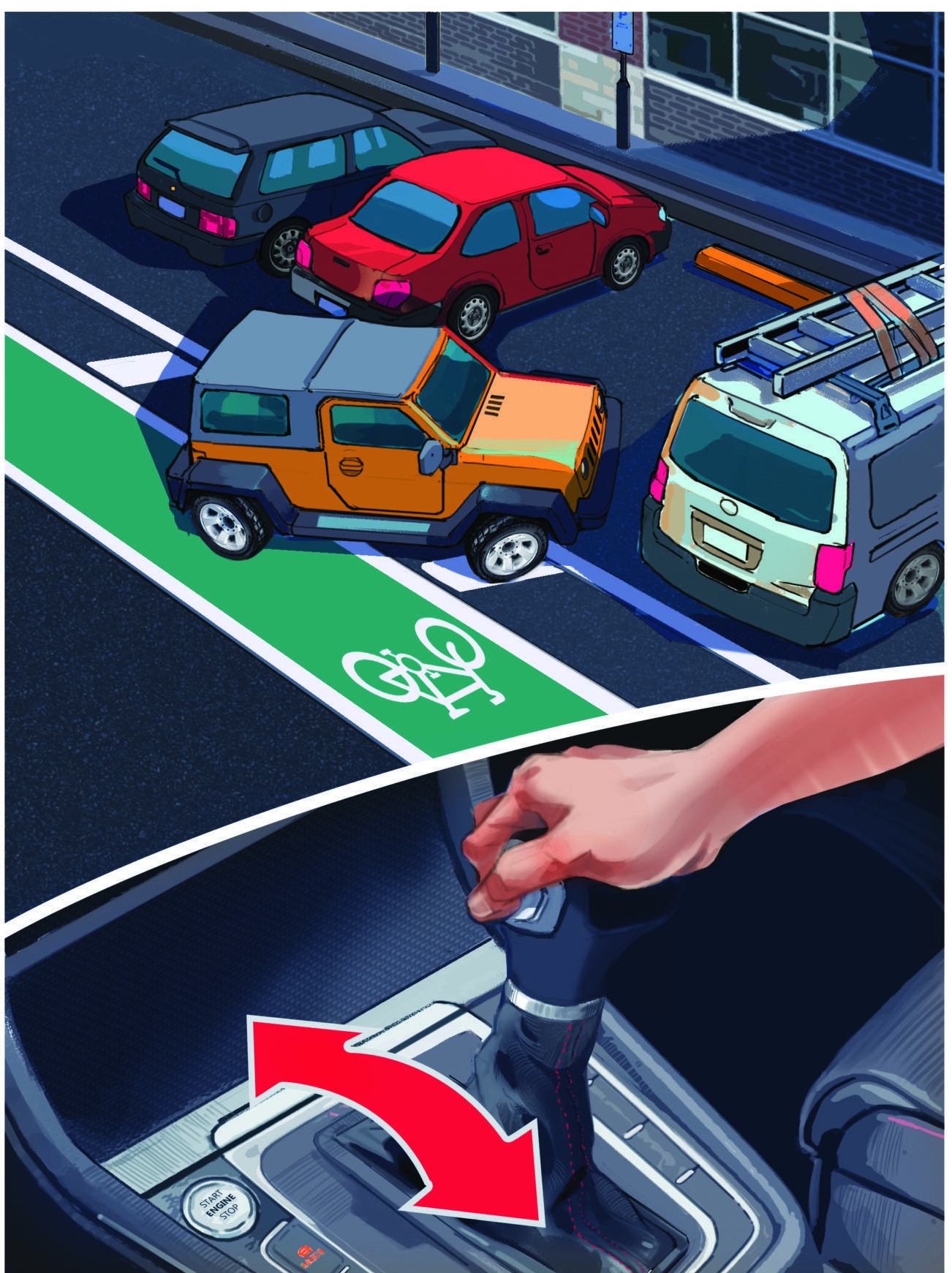7 driving sins many drivers commit
 Whether you’re an experienced driver or a learner, we all make mistakes when behind the wheel.
Even somewhat innocent blunders can have serious consequences on the road, so we thought we’d refresh your memory to help keep you, your car and your passengers safe.
Whether you’re an experienced driver or a learner, we all make mistakes when behind the wheel.
Even somewhat innocent blunders can have serious consequences on the road, so we thought we’d refresh your memory to help keep you, your car and your passengers safe.
1. Leaving your hand on the gear stick
Leaving a hand on the gear stick is a bad habit many drivers fall into on the road, especially when stuck in bumper-to-bumper traffic. But this seemingly harmless practice can place greater wear on your gearbox and could leave you with a costly bill. For those who want the technical breakdown, your gear stick is connected to a mechanism called the selector fork, which makes contact with rotating parts to select a gear. Over time, this added pressure on the gear stick can wear down your selector fork. It’s also important to keep both of your hands on the wheel to make sure you’re in control of your car at all times.
Leaving your hand on the gear stick can wear out your gear box. Image: CDW Studios
2. Not setting up your child restraint correctly
About 95% of child restraints aren’t installed or used correctly or aren’t suitable for the size of the child, according to a recent audit performed at suburban Adelaide childcare centres. This statistic included 5% of vehicles that had no child restraint. Based on the thousands of child restraints that are checked each year at our Safety Centre, the biggest problem is the restraint not being firmly fitted to the vehicle. Nearly half the cars we assessed had this problem, meaning the seat was able to move around. Drivers risk a $388 fine, plus a $60 Victims of Crime Levy for not properly securing a child in their seat.
Always follow manufacturers’ instructions when fitting child restraints. Image: CDW Studios
3. Driving without any windscreen washer fluid
You probably don’t even think to check your windscreen washer fluid before flicking on the ignition, but it could be the difference between a safe journey and one that ends in disaster – plus it’s actually a legal requirement. Whether it be bird poo or some dust from the road, your windscreen can be dirtied at any time. With no washer fluid to clean away debris, even a splash of mud could cause an accident. A recent Monash University study found drivers are twice as likely to be involved in a crash with a dirty windscreen than they are with a new or clean windscreen. Driving without a clear view can see you hit with a $197 fine and a $60 Victims of Crime Levy, so this mistake can prove costly if police pull you over.
Driving with a dirty windscreen could cost you a $197 fine plus a $60 VOC Levy. Image: CDW Studios
4. Incorrect seating position
It might not sound like a big deal, but sitting too close to the steering wheel can have devastating effects in a crash. As well as causing discomfort, which can lead to back issues, an incorrect seating position can cause serious injuries when the airbag deploys in a crash. On average, driver-side airbags inflate in 30 to 40 milliseconds, which is less than half the time it takes to blink. Airbags are designed to provide protection in a crash when a driver is seated at the appropriate distance – if you’re too close then it may not work as designed. Sitting too close to the steering wheel also means your arms have a limited range of motion, making it harder for you to control your car. Likewise, sitting too far back can increase your reaction time if you’re constantly having to reach for the brake pedal. Ideally you should sit in a position that’s comfortable, with around 25cm between your chest and the steering wheel.
Sitting in the incorrect seating can cause serious injuries in a crash. Image: CDW Studios
5. Driver distraction
The dangers of getting distracted behind the wheel are well documented – that part is no surprise. But do you know how often drivers take their eyes off the road? Recent figures reveal drivers will engage with a secondary task, such as changing the radio or turning on the air con, every 96 seconds. While these tasks may seem minor at the time, they regularly take attention off the road and contribute to a third of deaths on South Australian roads. Even glancing away for 3 seconds while travelling at 60km/h means you’re effectively driving blind for 50m. And this distance just increases the faster you’re travelling, so it’s essential to keep your attention on the road.
Drivers engage with a secondary task every 96 seconds when behind the wheel. Image: CDW Studios
6. Shifting between reverse and drive without stopping
Whether you drive an automatic or manual car, shifting between reverse and drive without stopping can be a pricey decision. Often performed when backing out of a driveway or car park, this common mistake can cause significant damage to your transmission, even if done at a low speed. If reverse is selected when travelling forward, it can also result in the wheels locking up and can cause your car to skid out of control. You should always use the brakes and come to a complete stop before shifting between reverse and drive.
Shifting too quickly between R and D can damage your transmission. Image: CDW Studios

